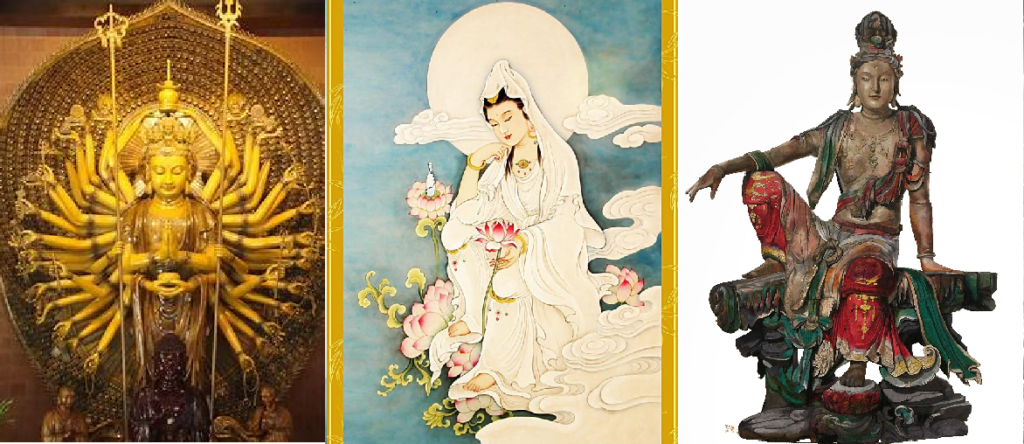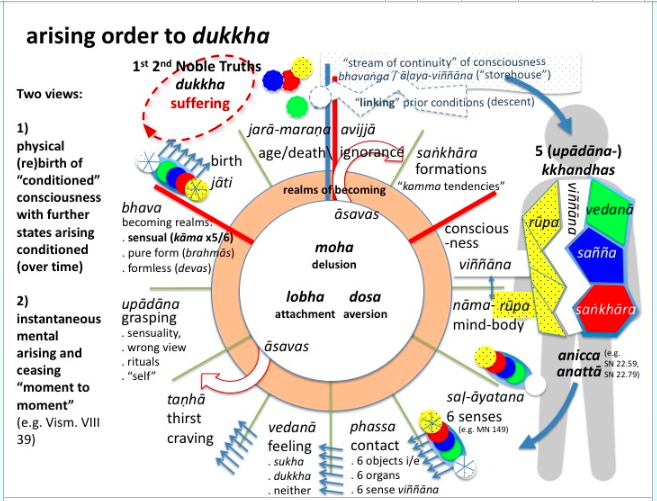While the whole United States’ media is broadcasting the search warrant into Trump’s residence, arguing Republic party or Democratic party control the Congress, speculation on either Trump or Biden will become the next President, there are very few concerning about the underneath lacking of responsibilities on the part of government for school shooting, the school teacher shortage, and the increasing number of teens depression, and the issue of teens drug abuse. Corporate American is over their head anxiety about communism taking over their wealth, which they will not be able to bring with them when they die, alas not at a bit worried the karma they may brought with them in the next life. How sad the degradation of human conscious!
Below is a recording of Robert Hutchins, former President of Chicago University, Last message for future Schools/Universities (1959) about his view on the status quo of education in the United States. When asked about in this post-Sputnik era, this they versus us concept of education, they are outstripping us, particularly in the field of sciences, what we must do something about this? Here is Robert Hutchins answer:
Well I think this is irrelevant and immaterial, incompetent wouldn’t pay the slightest attention to it. What we need is a good educational system for ourselves and if the Russians were to sink into the sea tomorrow, we still need a good educational system for ourselves. The real trouble I think the basic problem is the decay of the American University, a university is supposed to be a center of independent thought and this is its only excuse for existence. The American university is becoming more and more a folk institution that is responsive to the whims of hysteria fancies of the public or of any organized group of the public that is powerful enough to seduce it into taking an interest in the subject in which it ought not to be interested, or a group of the public that is sufficiently solvent to make it attractive to university administrators who want to raise money.
Now if you have a folk institution substituted for a center of independent thought, what you have is eventually a kind of thing which is almost indistinguishable from a country club on the one hand a trade school on the other. A group of well-tubbed young American cavorting on the green grass so it comes to be the symbol of what a university ought to be. But the essential point, the center of independent thought, the center of intellectual illumination, this is what is gone. Now it happened this is taking place this decay deterioration of the university into a folk institution at the very moment when we need centers of independent thought more than ever in our history, It seems to me that there are only two courses open to us, one is to enter upon a drastic reform of American universities, and the other is to establish some new institutions that will do for the country and for the world what the universities ought to do, but which they cannot do if they insist on being responsive to the passing whims of those members of the population who have money or who are able to exert political pressure.
University has to meet the needs of society every social institution has to meet the needs of society, the question is what is the meaning of needs? The universities in this country were established for the purpose of advancing learning and passing it on to our posterity. This was a need but the question of today for example there is a school of Mortuary Science and Wayne University in Detroit, and when I spoke to a great industrialist in that city about this fact, he said well we need morticians, don’t we? Well we do, the question is whether the production of morticians, whether we must look to the university for the production of morticians, and whether if we do look to the university for the production of morticians, something is going to happen to the university that will prevent it from meeting the real needs that the university is qualified to meet.
The other day he(Hitchins) was being driven across the bridge from San Francisco to Berkeley, by a very competent driver. The driver told him(Hitchins) that he had just go a degree of doctor of philosophy, when asked about what field of philosophy, the driver told him that in the driver education of philosophy. And where? In the University of California.
If a graduate doctor of philosophy from UOC turned into a Taxi driver, there is no surprise that school became the crime scenes of shooting for lower grades of the last several years. More and more frequent school shooting. Watch this video clip: Teacher Goes On Strike For More Pay, What Happens Next is Shocking! That clearly explain why the whole public school system is collapsing in this country. Why teacher are paid so little in United States?
This Teen Was Prescribed 10 Psychiatric Drugss . She’s Not Alone. Increasingly, anxious and depressed teens are using multiple, powerful psychiatric drugs, many of them untested in adolescents or for use in tandem. Renae Smith exemplified a medical practice common among her generation: the simultaneous use of multiple heavy-duty psychiatric drugs. “I should have been happy,” she later wrote. “But I cried, screamed and begged the universe or whatever godly power to take away the pain of a thousand men that was trapped inside my head.” Intervention for her depression and anxiety came not from the divine but from the pharmaceutical industry. The following spring, a psychiatrist prescribed Prozac. The medication offered a reprieve from her suffering, but the effect dissipated, so she was prescribed an additional antidepressant, Effexor.
Express Scripts, a mail-order pharmacy, recently reported that prescriptions of antidepressants for teenagers rose 38 percent from 2015 to 2019, compared with 12 percent for adults. Prozac and Lexapro are the only medicines approved for teens with depression, according to the Food and Drug Administration, while antidepressants in general carry a “black box warning” about increased risk of suicide for adolescents.

A nationwide study published in 2006 examined records of visits to doctors’ offices by people younger than 20 and found a sharp rise in office visits involving the prescription of antipsychotic drugs — to 1.2 million in 2002 from 200,000 in 1993. The drugs increasingly were prescribed in combinations, particularly among low-income children. Between 2004 and 2008, a national study of children enrolled in Medicaid found that 85 percent of patients on an antipsychotic drug were also prescribed a second medication, with the highest rates among disabled youngsters and those in foster care.


From medical system to education system, from United States to Chinese children left out by their poor parents(留守儿童), we see a common theme. The capitalism is taking over human life. The world is turned into a barbarous jungle by the Capitalists, who is put on a war to eliminate the potential of the future of humanity. This is a sad development for both the capitalists and the suppressed – but espeically karmic for the Capitalist who are fooled by the maya to think the money/wealthy they clinging to is going to help them after life.
Robert Hutchins believe that one aspect of change can be done by introducing Perennial education to schools. Why is Perennial education relevant today? Another influential scholar of religious studies in the United States, Professor Huston Smith(1919-2016), author of Forgotten Truth: The Common Vision of the World’s Religions, a book sold over three million copies up to 2017, a good reminder for the capitalists in United States, that they probably only know about this life, they forget about eternal truth.




























